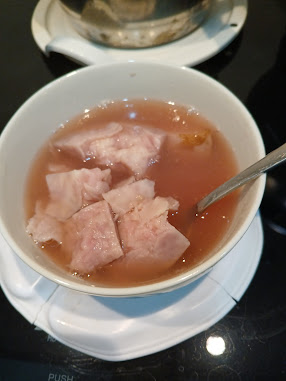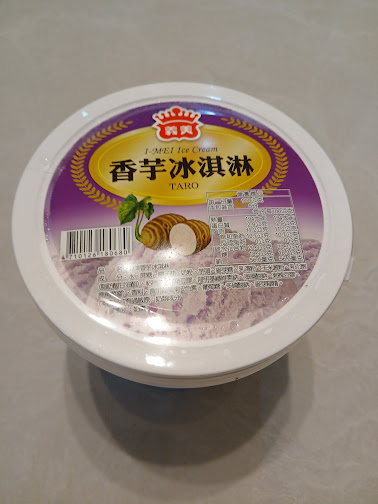TARO : My Favorite
💕😃😄😋😍
The underground stems (tubers) are edible
Available all year round
( Raw TARO )
The plant is tolerant of moisture, humidity and barren fertilizer, and can be planted in paddy fields, dry fields, hillsides or wasteland.
Taro contains dietary fiber, which helps
lower cholesterol, stabilize blood sugar,
and control weight.
Eating more will make you feel full.
Taro is also rich in vitamin A and vitamin C, which have antioxidant effects and delay aging. In addition, taro contains a large amount of potassium ions, which can regulate blood pressure.
The main nutrients contained in taro include dietary fiber, vitamin A, vitamin B1, B2, B3, B3, vitamin C, as well as carotene, thiamine, riboflavin and various minerals
Notes when handling taro :
When the taro skin touches the skin or fingers, the oxalic acid-alkali mucus will cause severe itching. Although it may cause discomfort, the oxalic acid-alkali mucus is non-toxic. Wear gloves when peeling taro to avoid itching. Alternatively, boil the taro with the skin on, then cool it in cold water before peeling it to avoid discomfort or itching.
Do not choose taro that has holes or chips in its appearance. It is best if the taro is a little hard when pressed and not too soft. When you touch the taro cut, it feels soft and pink, which is quite delicious.
----------------------------------------------------------------
Amazing !
while I took a walk along the river side,
I found there are wild Taro among the wild grass.
Do you see them ?
Look at the Big Wide leaves ..... There are taros. 😃😂💯💃💕💓🙆
----------------------------------------------------
TARO recipe :
1) Taro meat porridge:
nourishing the spleen and stomach, moisturizing the skin
2) Taro steamed rice
3) Taro cake
4) Taro dessert : soft/fluffy
Add some sugar
cooked with water :
Luxury version













Comments
Post a Comment